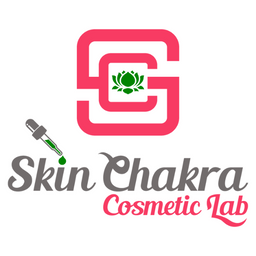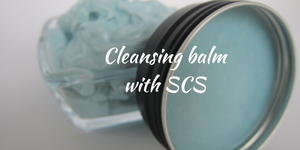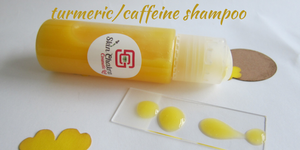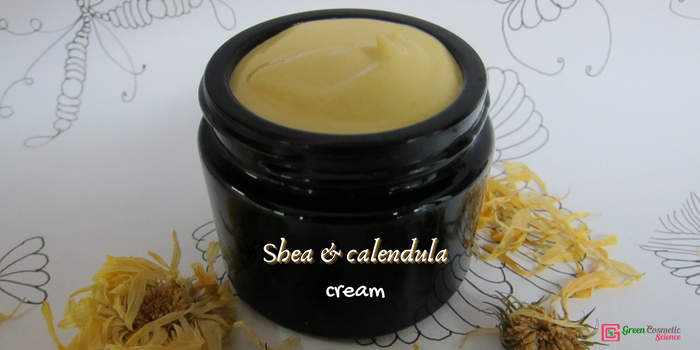
Calendula is one of my all-time favorites and I use it a lot, I mean a lot, in my hand creams and balms.
We have published several calendula cream and balm formulations here and you can refer to them before going to the formulation for this rich calendula cream
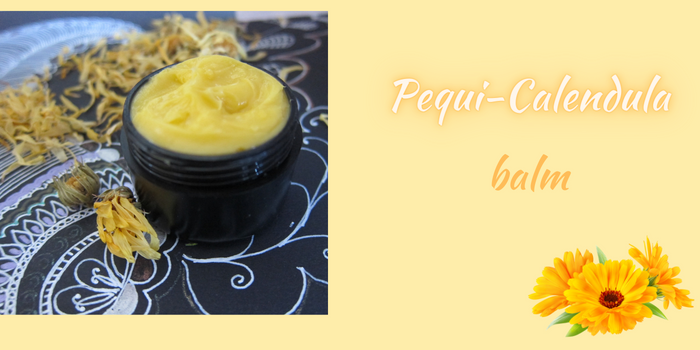
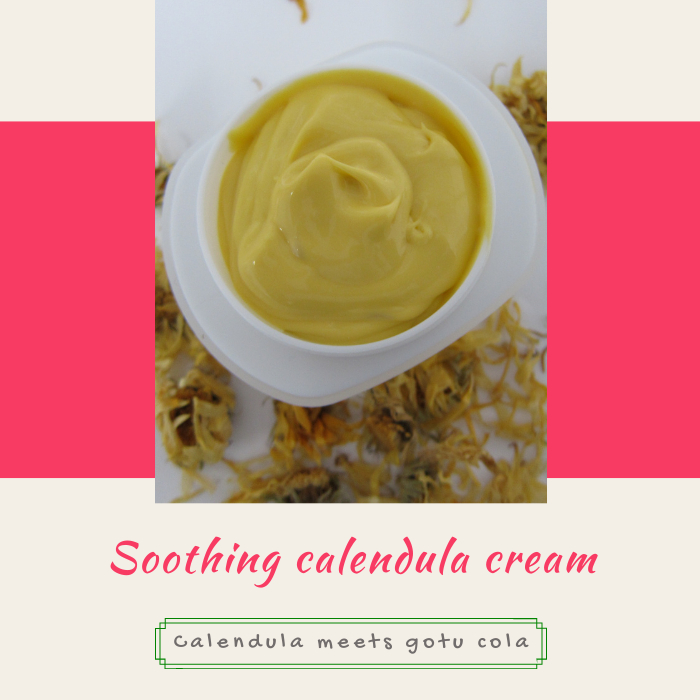
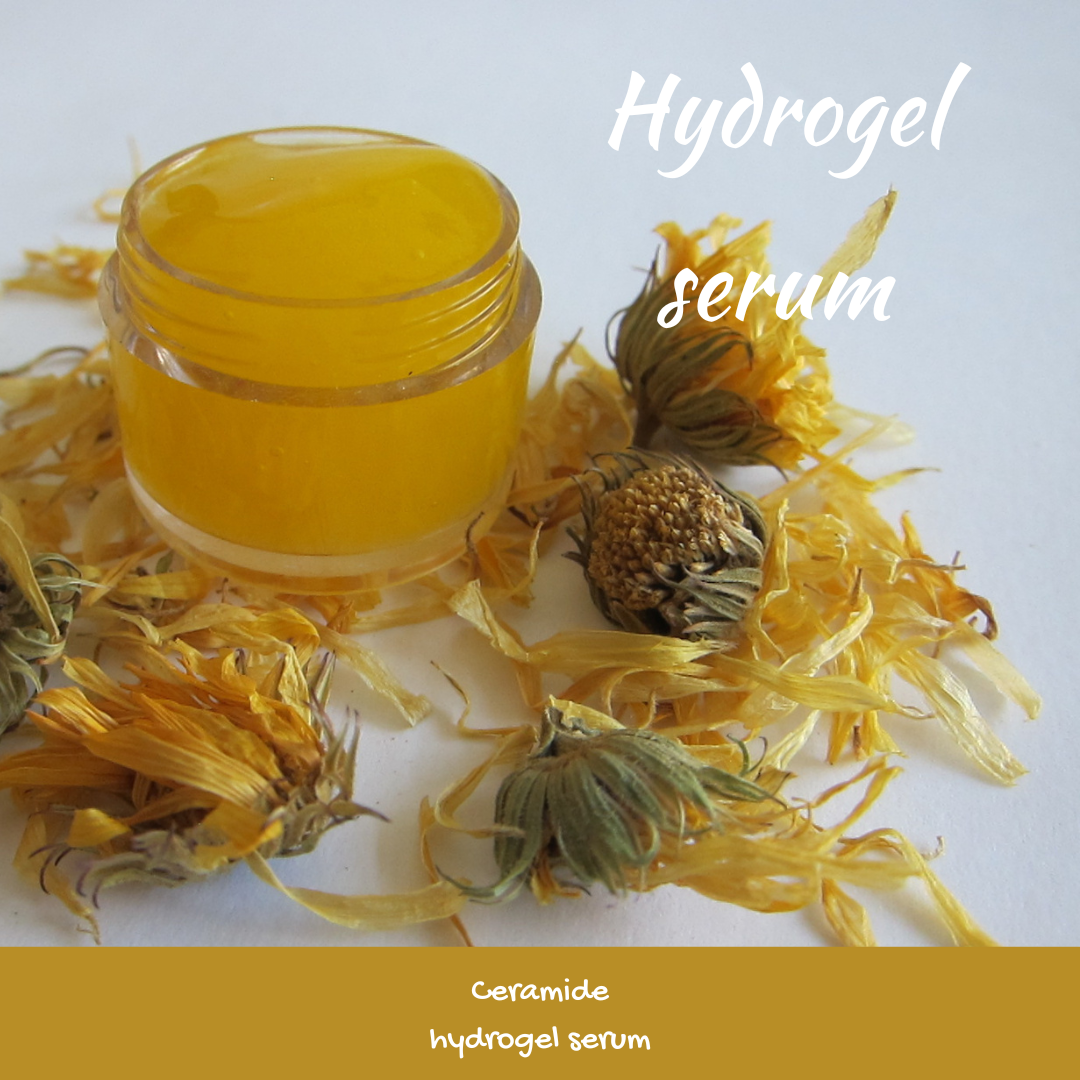
Now coming back to this cream, it is by no means a KISS formulation but the procedure is still straightforward. Don't get intimidated by the number of ingredients and phases. We are using a lot of shea butter and then adding layers of oils with different polarities to cut through the richness of the shea butter. The cream is still very rich but not greasy or sticky.
This formulation is buffered. GSC needs a buffering system to avoid pH drift over time which will rapidly happen if you do not buffer the formulation. If you still are confused about the buffers and which formulations need a buffer system and how you can buffer a formulation we have a digital file for you which answers all your questions. This has been a module in our flagship course: measure and adjust the pH like a cosmetic chemist that we are now selling as a standalone file
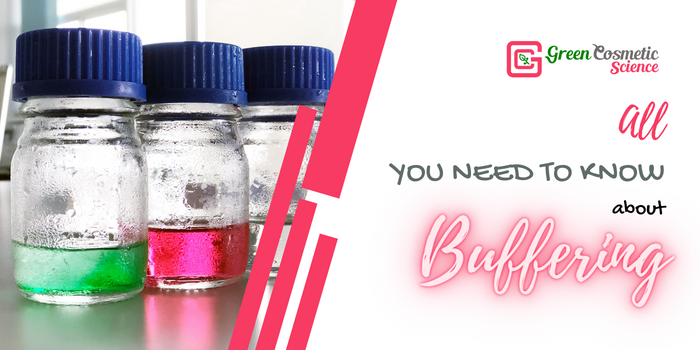
Formulation:
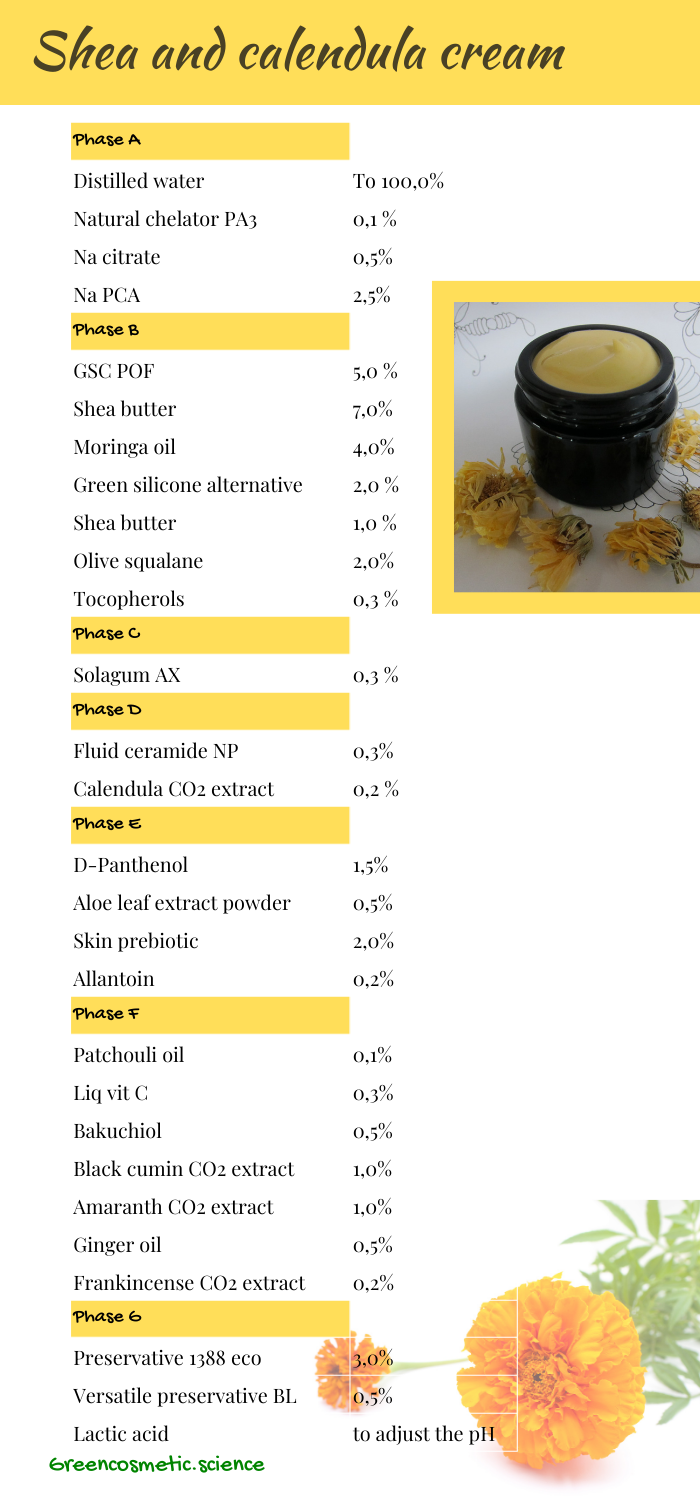
Procedure:
1- Blend phase A and B in separate heat-proof beakers
2- Heat phase A and B in a water bath between 82-85 C.
3- Emulsify the oil phase in the water phase
4- Disperse the gum blend in the still hot emulsion
5- At a temperature above 45 C add phase D
6- Start cooling down while stirring
7- When the temperature reaches under 40 C add the sensitive phases (Phase E and F)
8- When the emulsion reaches the room temperature prepare a 10% dilution and measure the pH. In our case it was 5,63. This pH is safe for adding the preservative blend in this formulation.
9- Add the two preservatives
10- Reduce the pH by adding lactic acid. If you are making this formulation for the first time add the lactic acid gradually and measure the pH in between.
11- Prepare another dilution of the emulsion and measure the pH. In our case it was 5,37. We are aiming for a pH between 5,3-5,5 with this preservative blend.
12- Take the stability and microkit samples and fill the rest in a suitable container

